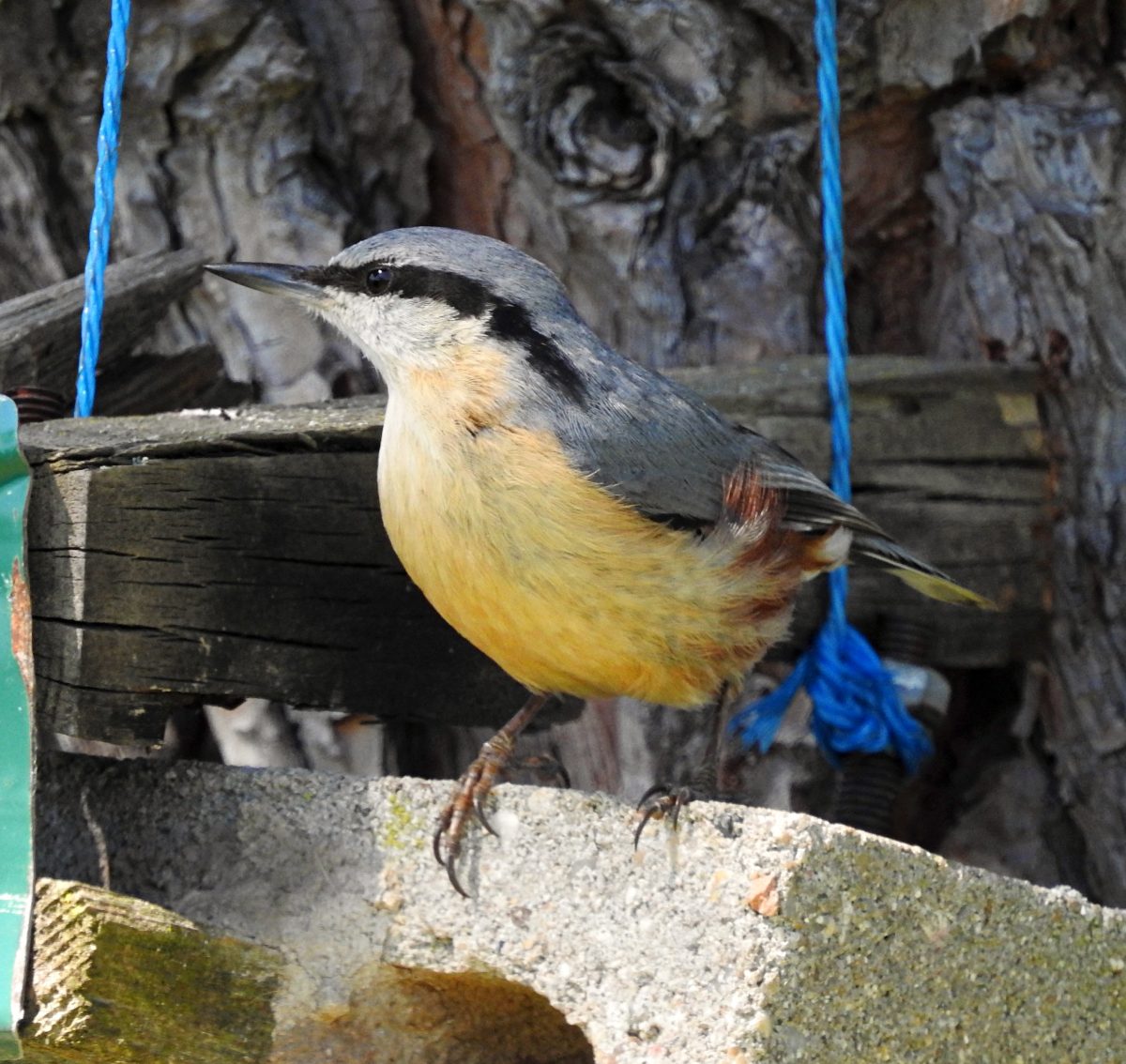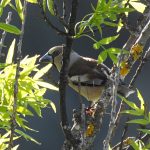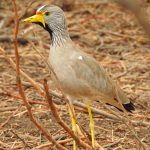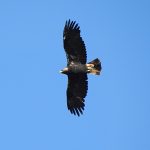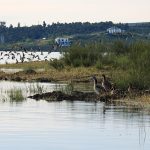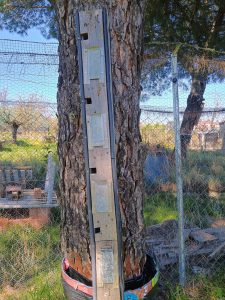
Ever since I was a child I have been lucky enough to have a small plot of land full of trees: oaks, pines and fruit trees, in which many insectivorous birds nested naturally. Even so, with the help of my father, we have always tried to facilitate this breeding work, especially for the insectivorous birds that are so beneficial for our fields.
These insectivorous birds often feed on insects considered “pests”, which attack both fruit trees and pine trees (like pine processionary caterpillars). In addition to the processionary caterpillars, in recent years another “pest” has appeared, the stone pine bug, which is greedily devoured by these small birds. We have therefore generated a symbiosis in which we enjoy the presence and activity of these birds, and the birds find safe nesting areas.
Placement of nest boxes for insectivorous birds
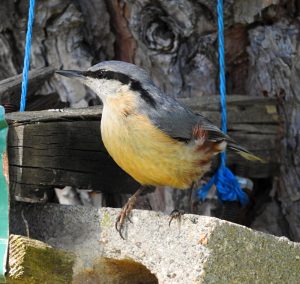
The main purposes of the construction of these habitats are twofold. On the one hand, to prevent predators from accessing the nest and taking the eggs or chicks. On the other hand, to try to condition them so that they can only be used by insectivorous birds (mainly small birds), as there are other much more abundant birds such as sparrows that could also use them. This would not be a problem but it is not the objective.
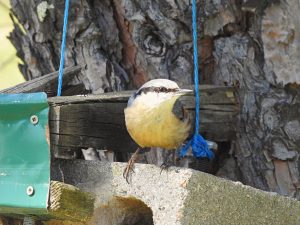
If we want to be successful, in addition to their placement, it is important to provide food in the winter months and water during the summer. Depending on the area where we are, food can be more or less important. For example, my father places nest boxes in a village in Salamanca where the temperatures are very cold for many days in winter and food is very important there.
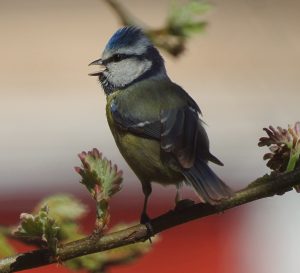
I live in Extremadura, with much milder winters, and here food can be a plus but it is not essential. Access to water in summer is essential, either in our plot or in neighbouring plots. However, the closer they are to food and water, the better they will take to our homes. And above all, they will get used to living in the area all year round, helping to keep insect pests at bay.
Location
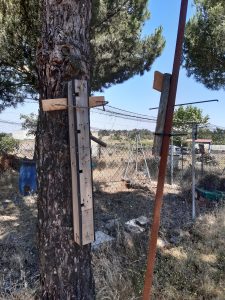
First of all, location is key. We must place it high enough so that terrestrial predators cannot access it, and of course in a desirable location. A good option is to place them on the trunk of a tree, so that we can observe the birds from a distance or even place a photo-trapping camera to be able to photograph them. The use of the camera will help us to identify the species that take the boxes, and I assure you that sometimes you will be surprised!
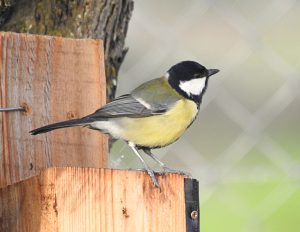
It is important not to disturb these small birds as they incubate and feed their chicks. Therefore photo-trapping cameras, even if they are not of the best quality, will always be a good option. However, we can also build a small hide to be able to take photos of a certain quality. Another option is to place them, as in the case of the Great tit, near a window to be able to take decent photos, if we like photography.
Construction and materials
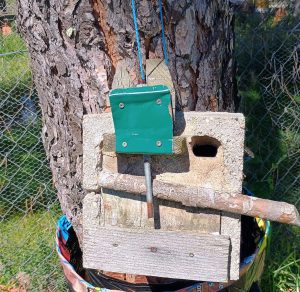
Secondly, we have to consider the material. Normally we use “recycled” materials such as pieces of wood or plastic left over from some small works we do on the garden. We can also take pieces of blocks or any other material that can be used to create a habitat in which the birds are safe. Often it is not necessary to make a large investment, it is enough to use the materials we have at hand.
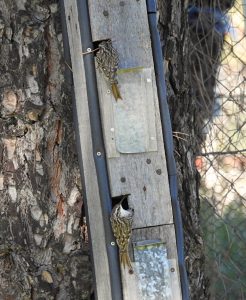
What is important is strength. A heavier, sturdier box will protect them better from the weather and will not be easily blown over by the wind. Multi-storey nest boxes are very useful as several pairs of different species can breed in the same nest box. They will rarely breed two pairs of the same species in the same box, as they are quite territorial. However, as we can see in the photo, this can sometimes be the case. In this box they bred two common Short-toed Treecreepers and a nuthatch.
Entrance for insectivorous birds
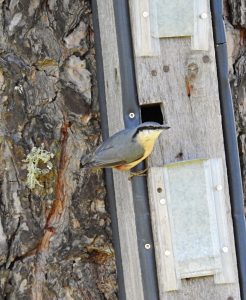
Finally, and perhaps most importantly, we must build an entrance of exactly the right size so that only the birds we want can enter. Here we can only prevent larger birds from entering than we would like. However, it is also possible for smaller birds to enter. Generally all small birds are insectivorous, so we would still be fulfilling the objective, which is to provide them with shelter and reproductive work.
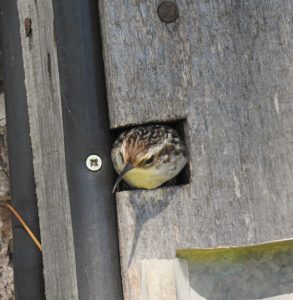
It doesn’t really make any difference whether the box is used by a Great tit, a Blue tit, a Treecreper or a Nuthatch, the important thing is that it is useful to them. In the worst case scenario no one will use the box but at least we will have tried. I hope that if you have the time and space you will give it a try. The simple fact that a wild bird decides to “accept” our help and facilitate your breeding work is something that any nature lover will find fulfilling.

